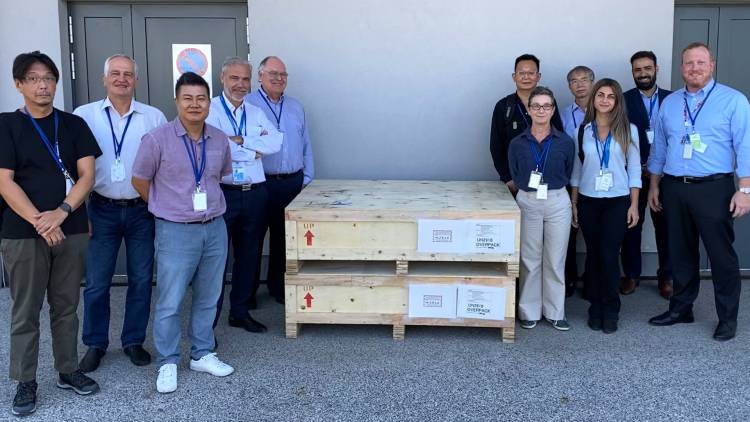The IAEA is conducting independent analysis and data corroboration related to the discharge of treated water from the Fukushima Daiichi Nuclear Power Station to validate data reported by Japan. These activities are one component of the three-pronged safety review being conducted by the IAEA Task Force, which was established by Director General Rafael Mariano Grossi in 2021, comprising 11 international experts from around the world, as well as IAEA staff. The other two components are the technical assessment of public safety and protection and the review of regulatory activities and processes, both of which are ongoing and expected to culminate with a comprehensive report in 2023, prior to the discharge of the treated water.
The ongoing analysis of the treated water is intended to corroborate the radiological characterization provided by Tokyo Electric Power Company (TEPCO), the operator of Fukushima Daiichi. TEPCO is responsible for determining that the water is suitable for discharge into the surrounding sea after its treatment to remove 62 radionuclides from the water. Since the 2011 Fukushima Daiichi accident, water that has been used to cool the melted fuel and fuel debris has been treated and stored on site. The IAEA’s corroboration work will continue even after starting the release of the treated water, planned for 2023, as part of Mr Grossi’s commitment to remain involved before, during and after the discharge of treated water.
“Through this safety review, the IAEA is leveraging the robust capabilities of our laboratories to enhance transparency and to provide confidence to the international community,” said Gustavo Caruso, Director at the IAEA and Chair of the Task Force.






